As I sat in my studio, a student’s frustrated sigh caught my attention. “I just can’t get this pull-off to sound right!” he exclaimed, his fingers fumbling over the fretboard. It was a moment that took me back to my own journey, reminding me why I wrote ‘Guitar Aerobics‘ and dedicated my career to demystifying guitar techniques. The guitar pull-off is more than just a flashy move; it’s a fundamental skill that can transform your playing. But here’s the kicker: mastering it isn’t about strength or speed—it’s about finesse and precision. In this guide, I’ll share the secrets I’ve gathered over years of teaching, from the basics of hand positioning to advanced applications that will make your solos sing. Whether you’re a beginner struggling with your first pull-off or an intermediate player looking to refine your technique, you’re in the right place. Let’s unlock the power of the pull-off together.
Understanding the Guitar Pull-Off Technique
Definition and Purpose
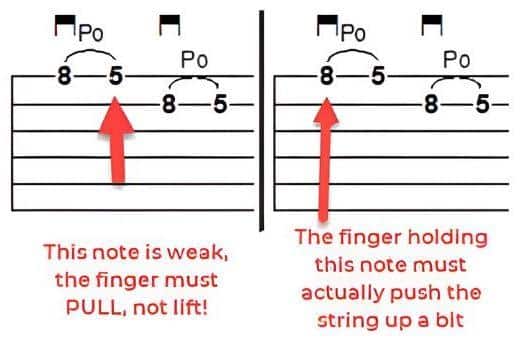
In my years as editor-in-chief at Guitar One magazine, I’ve explored countless guitar articulation techniques. The pull-off stands out as a fundamental skill that every guitarist should master. Essentially, a pull-off is a descending legato technique where you pluck a higher-pitched note and then pull your finger off the string to sound a lower note. Its purpose is twofold: to create smooth transitions between notes and to add expression to your playing. Pull-offs contribute significantly to fluid phrasing, enabling guitarists to execute rapid passages with minimal picking. Understanding this technique is crucial for developing speed, accuracy, and musicality in your guitar playing.
Pull-Off vs. Hammer-On

As a guitar instructor, I’ve found that understanding the relationship between pull-offs and hammer-ons is crucial for building a solid technical foundation. While both techniques involve transferring energy between fingers, they’re essentially opposite motions. Pull-offs require removing a finger from a fretted note, allowing a lower-pitched note to ring out, while hammer-ons involve bringing a finger down onto the fretboard to produce a higher-pitched note. Mastering these complementary techniques enhances your ability to create fluid, legato passages and adds expressiveness to your playing. Through years of developing practice routines, I’ve discovered that alternating between pull-offs and hammer-ons is an effective way to build finger strength, coordination, and overall dexterity on the fretboard.
Step-by-Step Guide to Performing a Pull-Off
Proper Hand Positioning
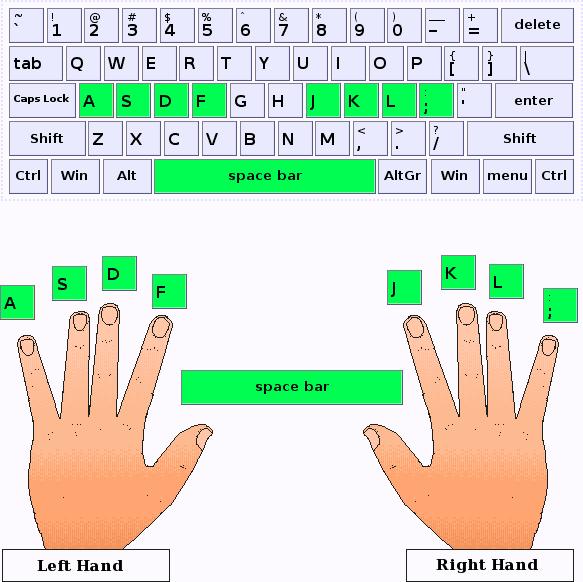
Through my years of teaching and developing exercises, I’ve identified key hand positioning principles that can make or break your pull-off technique. Proper positioning is crucial for clean, articulate pull-offs. Start by ensuring your fretting hand’s thumb is centered on the back of the neck, providing a stable anchor. Position your fingers close to the frets, almost perpendicular to the fretboard. This alignment maximizes control and minimizes unwanted string noise. I’ve found that many students struggle with guitar fretting techniques because they position their hand too far from the fretboard. Remember, efficiency is key – keep your movements minimal and precise. By maintaining this optimal hand position, you’ll set yourself up for success in executing smooth, controlled pull-offs that seamlessly integrate into your playing.
Executing the Pull-Off Motion
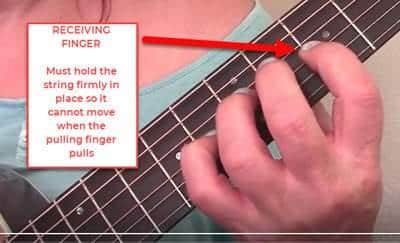
Now that your hand is positioned correctly, it’s time to execute the pull-off motion. I’ve found that the key to playing pull-offs on guitar effectively lies in the precise movement of your fretting finger. As you pull off, imagine your finger is plucking the string sideways, not just lifting off. This subtle technique ensures the string vibrates clearly. I always tell my students to practice this motion slowly at first, focusing on producing a clean, resonant sound with each pull-off.
Remember, the goal is to maintain the note’s volume and clarity as you transition. Timing is crucial – release the finger exactly as you would pluck the string with your picking hand. Through years of teaching, I’ve observed that mastering this synchronized motion transforms a beginner’s choppy pull-offs into smooth, professional-sounding transitions. With consistent practice, this movement will become second nature, allowing you to seamlessly incorporate pull-offs into your playing.
Common Mistakes and How to Avoid Them

Throughout my years of teaching, I’ve witnessed countless guitarists stumble over the same hurdles when trying to improve guitar pull offs. Even the pros make these pull-off mistakes – are you?? It’s a question that often surprises my students, but it’s true. The most common error I see is not pulling off with enough force. Many players simply lift their finger, resulting in a weak, barely audible note. To avoid this, imagine you’re plucking the string sideways as you release it.
Another frequent misstep is poor timing. Pull-offs require precise coordination between your fretting and picking hands. I’ve found that practicing with a metronome can dramatically improve this aspect. Start slow and gradually increase the tempo as you gain confidence. Additionally, many guitarists neglect their non-dominant hand when practicing pull-offs. This asymmetry can limit your playing, so I always encourage my students to practice equally with both hands.
Lastly, don’t overlook the importance of proper finger placement. Your fingertip should be as close to the fret as possible without actually touching it. This minimizes unwanted string buzz and ensures a clean, resonant tone. Remember, mastering pull-offs is a journey. Be patient with yourself, focus on these key areas, and you’ll see significant improvement in your technique.
Practicing Pull-Offs: Exercises and Drills
Beginner Pull-Off Exercises
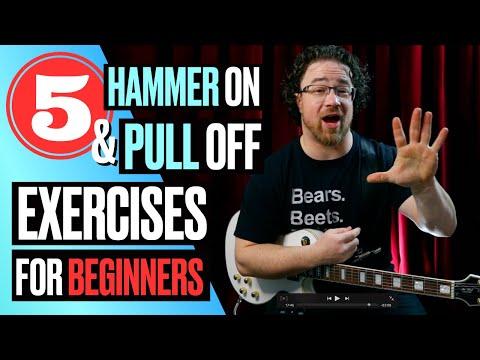
As a seasoned guitar instructor, I’ve developed numerous beginner-friendly pull-off exercises to help novice players build a solid foundation. These drills are designed to gradually increase in difficulty, allowing students to progressively enhance their technique. I always start with simple two-note pull-offs on adjacent strings, focusing on clean execution and proper finger placement. As players improve, I introduce more complex patterns, incorporating multiple strings and fingers. Through my guitar lessons on pull-offs, I’ve observed that consistent practice of these fundamental exercises significantly accelerates a student’s mastery of this essential technique, paving the way for more advanced applications in their playing.
Advanced Pull-Off Techniques
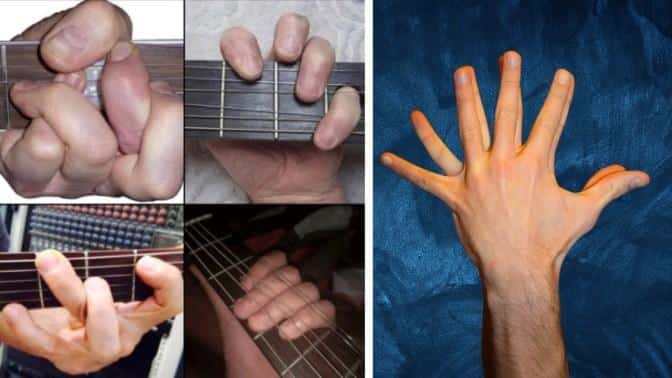
In my years of teaching advanced pull-off techniques, I’ve discovered that even seasoned players can elevate their skills. One powerful method I’ve developed is the cascading pull-off, where you execute rapid-fire pull-offs across multiple strings. This pull off guitar tutorial emphasizes the importance of finger independence and precise timing. Another technique I recommend is the harmonic pull-off, combining natural harmonics with pull-offs for a unique tonal effect. These advanced exercises not only refine your pull-off technique but also enhance overall finger dexterity and speed, crucial for intricate solos and complex musical passages.
Incorporating Pull-Offs into Your Playing
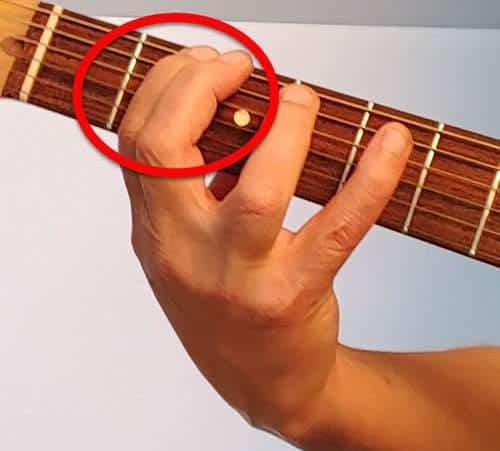
As a guitarist living in Nashville, I’ve had the privilege of witnessing pull-offs in action across countless genres and venues. From blues to metal, pull-offs are the secret ingredient in countless iconic guitar riffs. Ready to add them to your musical recipe? This versatile guitar articulation technique can elevate your playing in ways you might not expect.
In my experience, incorporating pull-offs into your playing is all about context. During a soulful blues solo at a dimly lit bar on Broadway, I’ve used gentle pull-offs to add a touch of melancholy to sustained notes. Conversely, at high-energy rock shows, rapid-fire pull-offs have helped me create a flurry of notes that electrify the crowd. The key is to listen to the music around you and let the pull-offs serve the song, not overshadow it.
I’ve found that pull-offs shine in various musical situations. They’re perfect for adding quick embellishments to chord progressions, creating fluid legato runs in lead passages, or even mimicking the sound of a slide guitar in country tunes. When jamming with other musicians, I often use pull-offs to weave intricate melodies around the rhythm section, creating a rich tapestry of sound. Remember, the beauty of pull-offs lies in their subtlety – they’re the seasoning that can transform a good riff into an unforgettable one.
FAQs
What is a guitar pull-off technique?
A guitar pull-off is a technique where you pluck a note with your fretting hand by “pulling” your finger off the string, creating a descending sound. It’s often used in combination with hammer-ons to create fluid, legato phrases.
How do I perform a basic pull-off?
To perform a basic pull-off:
1. Fret two notes on the same string with different fingers.
2. Pluck the string with your picking hand.
3. Quickly pull your fretting finger off the higher note, “plucking” the string with that finger as you remove it.
4. Allow the lower note to ring out.
What are some common mistakes when learning pull-offs?
Common mistakes include:
1. Not pulling off with enough force, resulting in weak or muted notes.
2. Pulling straight up instead of slightly sideways, which can dampen the string.
3. Not maintaining pressure on the lower note while performing the pull-off.
4. Rushing the technique, leading to sloppy execution.
How can I improve my pull-off technique?
To improve your pull-off technique:
1. Practice slowly and focus on clean execution.
2. Use a metronome to develop timing and rhythm.
3. Gradually increase speed as you become more comfortable.
4. Incorporate pull-offs into scales and licks.
5. Experiment with different finger combinations and string gauges.
6. Listen carefully to ensure both notes are clearly audible.
What are some songs that prominently feature pull-offs?
Some songs that prominently feature pull-offs include:
1. “Stairway to Heaven” by Led Zeppelin
2. “Sweet Child O’ Mine” by Guns N’ Roses
3. “Eruption” by Van Halen
4. “Cliffs of Dover” by Eric Johnson
5. “Crazy Train” by Ozzy Osbourne
These songs showcase various applications of the pull-off technique in rock and metal genres.
Conclusion
As we wrap up this comprehensive guide, I can’t help but reflect on my journey as a guitarist and educator. Are you ready to take your guitar playing to the next level? Mastering pull-offs is your next step towards guitar greatness. Throughout this article, we’ve explored the intricacies of this essential technique, from its definition and purpose to advanced applications.
As someone who’s dedicated their life to guitar education, I can’t stress enough the importance of mastering pull-offs. This technique will open up new dimensions in your playing and help you express yourself more fully on the instrument. By following the step-by-step guide, avoiding common mistakes, and dedicating time to the provided exercises, you’ll significantly improve your guitar pull-offs. Remember, consistency is key. With practice, you’ll soon find pull-offs becoming an integral part of your musical vocabulary, enhancing your solos, riffs, and overall playing style.